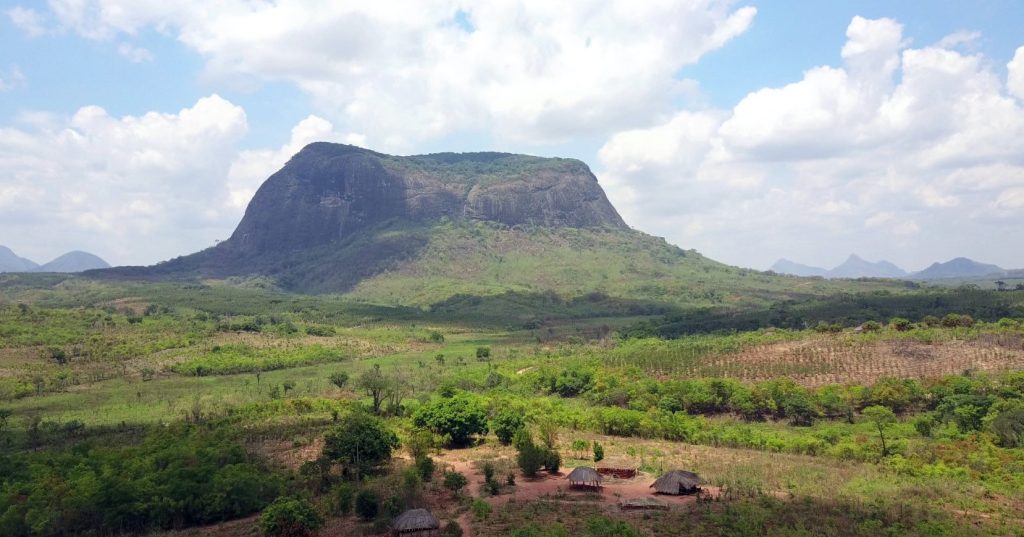
Sky islands are found across much of Africa. Our experience of sky islands, occurred within the Udzungwa national park in Tanzania. This national park protects a large portion of the Eastern arc mountains. – a chain of mountains which run across Eastern Tanzania.
Africa started drying out around 5500 years ago, and much changed at this point, including a great expansion of the Sahara. However, what is relevant here, is that in many parts of the continent, this caused the rainforests to retreat. More rain falls on higher ground, so you were left with a situation where the tops of hills and mountains remain forested, but the valleys become savannahs. Perhaps one of the most notable effects of this, was to split the worlds mountain gorillas into two populations, one in the Bwindi impenetrable forest in Uganda and the other in the Virunga ecosystem. At their closest point, these two protected areas are only 20km apart (though driving between the two are likely to take longer, as visitor facilities are not at these points). Unfortunately, this space between the two areas has a large human population. This means that the two mountain gorilla populations were stuck on their respective mountain homes, relatively close together, but with no way to cross the gap between.
Not researched until recently, there is a strip of mountains that runs from northern Mozambique to Malawi’s Mount Mulanje. As with the eastern arc mountains, rainforest was preserved on these peaks. These were finally given scientific attention by an internatiional team in the South East Africa Montane Archipelago study. While archipelagos are usually used to refer to a group of islands, it seems apt here. Among these mountains, there are around 30 fragmented pockets of grasslands and evergreen forests that have been largely cut off from each other.
This is perfect for housing unique collections of species, that have found themselves cut off from other habitat that they once roamed. This study, identified 90 species from amphibians(11), reptiles(22), birds(3), mammals(4), butterflies(39) and freshwater crabs(6), alongside 127 species of plant, not found anywhere else on earth. These sky islands are even being considered for their own ecoregion.
Big or small, it is important to protect these little ecological islands, and it should be possible to have tourists visit to give an extra income to locals.











